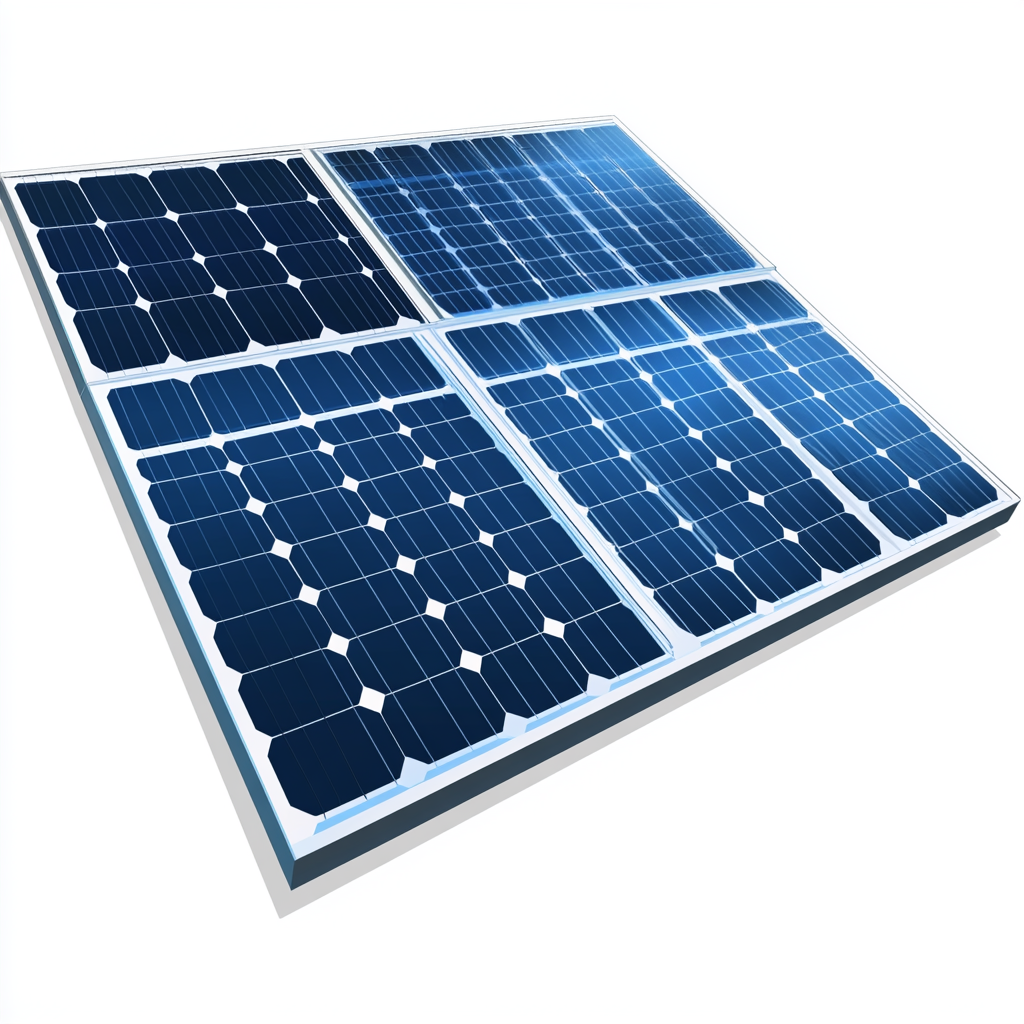Table of Contents
Is Solar Right for My Home? A Step-by-Step Readiness Checklist
Thinking about switching to solar but not sure if your home is a good fit? You’re not alone. While solar energy can save thousands in utility costs and reduce your carbon footprint, it’s not a one-size-fits-all solution.
This step-by-step checklist will help you quickly assess whether your home—and your situation—is ready for solar. Use it to make an informed decision, avoid surprises, and take the first steps with confidence.
Is Solar Right for My Home?
✅ Step 1: Check Your Roof Condition
Before going solar, your roof needs to be in good shape. Why?
- Solar panels last 25–30 years
- Removing and reinstalling them later for roof repair is costly
Ask yourself:
- Is my roof less than 10–15 years old?
- Are there any signs of damage or leaks?
- Do I have at least 15–20 years of usable roof life left?
🛠️ Tip: If you’re planning a roof replacement soon, bundle it with your solar installation for possible tax benefits.

✅ Step 2: Evaluate Sunlight Exposure
Solar panels need direct sunlight to generate power efficiently.
Check for:
- Trees or buildings casting shade on your roof
- South-facing or southwest-facing roof sections (ideal in the U.S.)
- At least 5+ hours of strong sun per day
☀️ No perfect roof? That’s okay—solar can still work with proper panel placement or by using a ground-mounted system.
✅ Step 3: Review Your Energy Usage
Your savings depend on how much energy you use.
Do you…
- Pay $100/month or more on electricity?
- Use power throughout the day (e.g., work from home)?
- Want protection from rising utility rates?
📈 The higher your current bill, the faster your solar system pays for itself.
✅ Step 4: Understand Local Incentives and Net Metering
Solar incentives can reduce your costs dramatically.
In 2025, look for:
- The 30% federal tax credit
- State or utility rebates
- Net metering (sell excess energy back to the grid)
💸 A solar broker can help you identify every available incentive and maximize your savings.
✅ Step 5: Consider Financing Options
You don’t have to pay cash up front. Today’s solar financing options include:
- $0-down solar loans
- Leases or power purchase agreements (PPAs)
- Traditional loans and HELOCs
💬 Ask: What’s the best payment method for my budget and tax situation?
✅ Step 6: Confirm HOA and Local Regulations
If you live in a neighborhood with a homeowner’s association, review their solar policy. Some HOAs require:
- Pre-approval for rooftop modifications
- Placement restrictions
- Aesthetic guidelines
🏘️ Also check with your city or county for permitting and zoning requirements.
✅ Step 7: Choose the Right Solar Partner
The installer you choose will determine:
- Equipment quality
- Warranty protection
- Customer service
- Long-term performance
👥 Working with a solar broker gives you access to multiple trusted providers—without the pressure of one company’s sales pitch.
Final Thoughts
Going solar is a big decision—but the right preparation can make it a smart one. By using this checklist, you’ll be able to assess your home’s solar potential, spot any obstacles early, and move forward with confidence.
Still have questions? A solar broker can walk you through every step—saving you time, money, and stress.
Additional Resources
Check out our sister brands here.
